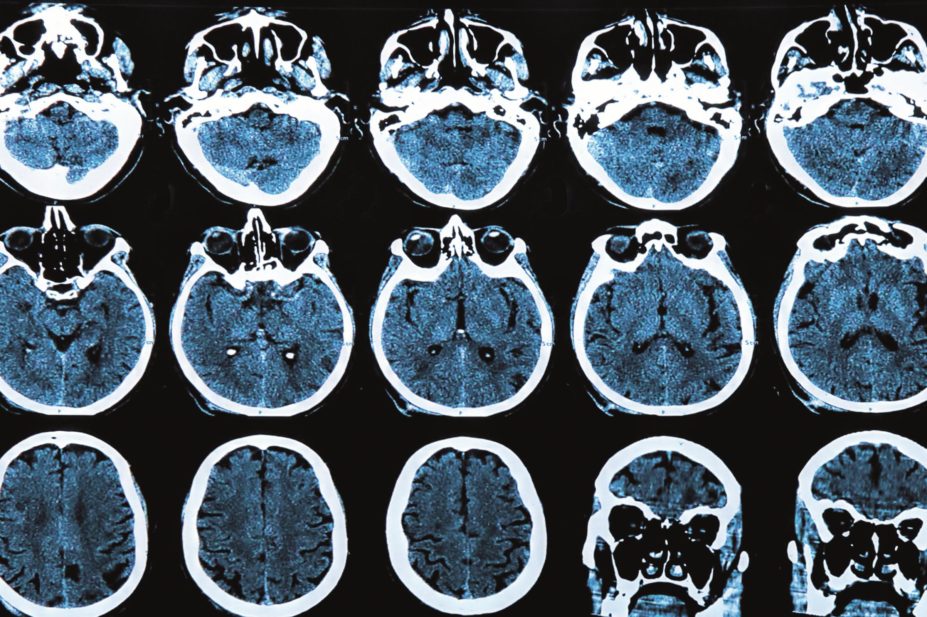
Shutterstock.com
Type 2 diabetes is a risk factor for Alzheimer’s disease (AD), possibly mediated by impaired insulin signalling. This hypothesis is bolstered by new research showing that administration of glucagon-like peptide-1 (GLP-1) receptor agonists — which facilitate insulin signalling — has a neuroprotective effect in a mouse model of AD.
Paula McClean, from the University of Ulster, Northern Ireland, and Christian Hölscher, from Lancaster University, administered either liraglutide or lixisenatide to transgenic APP/PS1 mice. Both treatments led to significant improvements in how mice performed in an object recognition task. The drugs also improved long-term potentiation of synaptic transmission in the hippocampus, prevented a reduction in synapse numbers and reduced amyloid plaque load.
Liraglutide and lixisenatide “show promise as potential drug treatments of AD”, conclude the researchers in Neuropharmacology (online, November 2014)[1]
.


